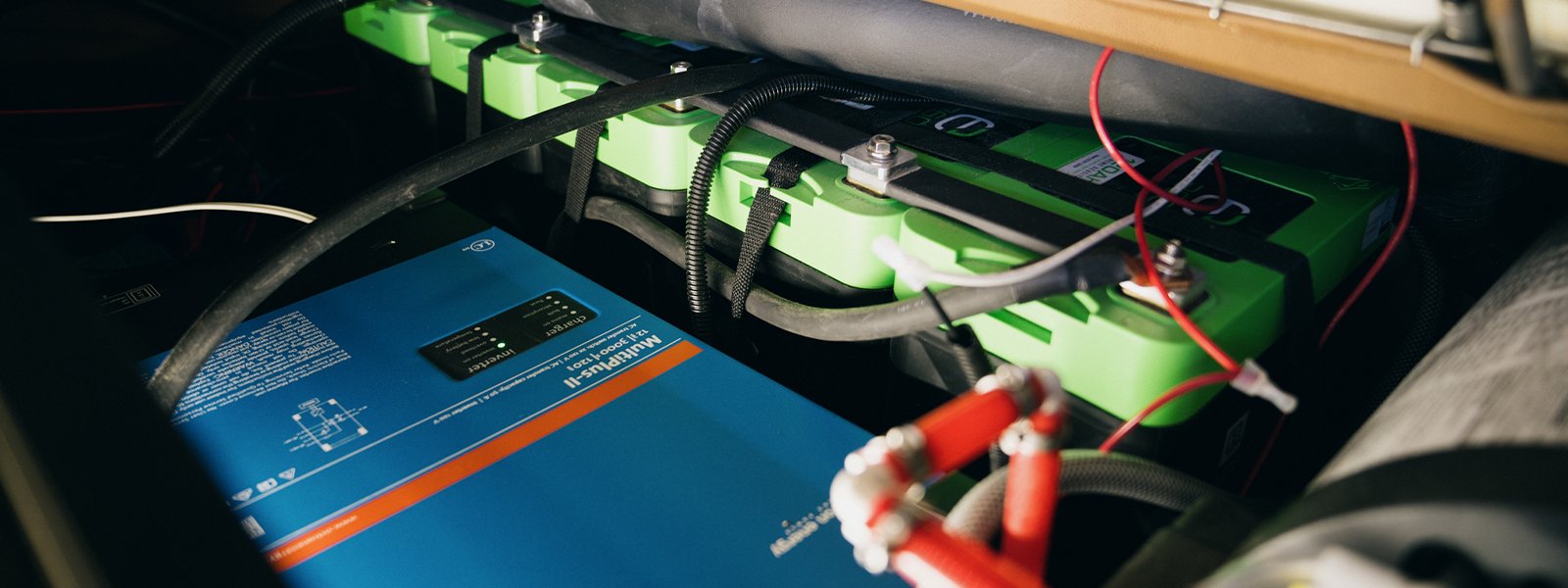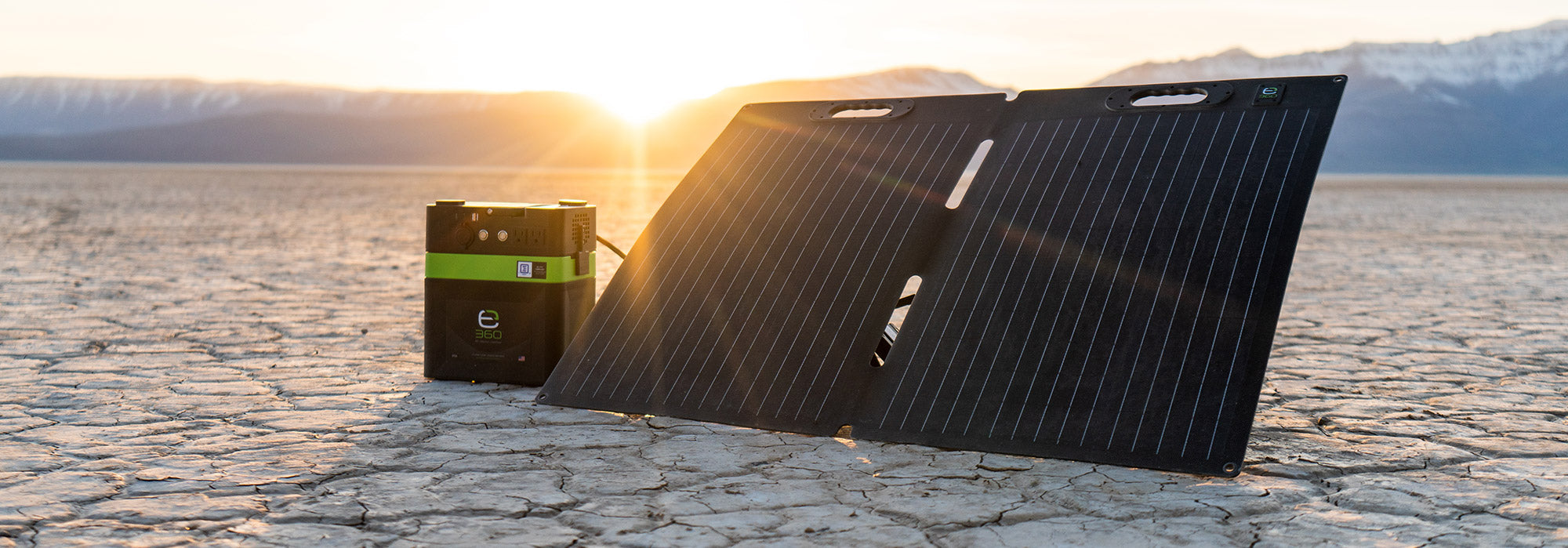Lifecycle Management of Energy Storage Systems
If you’ve done your research (and you definitely should), you know energy storage systems are an investment. What’s the best way to protect your investment and contribute to a greener future? Proper lifecycle management. From installation to end-of-life, our lithium battery experts walk you through best practices for optimization, maintenance, and sustainable disposal.
Understanding Lithium Battery Technology
Lithium-ion batteries have revolutionized the energy storage landscape. Their high energy density, long cycle life, and minimal self-discharge make them ideal for off-grid applications. Since the beginning, we’ve been committed to pushing the boundaries of lithium battery technology.
Our best-in-class batteries are meticulously designed and engineered in-house, utilizing premium lithium iron phosphate cells. Rigorous quality controls at every step ensure exceptional performance and reliability. We stand behind our products with an industry-leading 12-year warranty and provide comprehensive support, including custom mounting kits and accessories, to power your adventures.
Proper Installation and Commissioning
The journey of managing an energy storage system begins with the installation phase. When you start with a strong foundation here (literally), you can configure your components to maximize their performance and efficiency. Ensure that your system is installed in a well-ventilated area, protected from extreme temperatures and moisture. Proper wiring and connections are essential to prevent electrical faults and ensure safe operation.
After installation, it's important to commission the system to verify its functionality and calibrate any necessary sensors. This process involves charging and discharging the batteries to assess their performance and identify any potential issues.
Regular Maintenance and Monitoring
Regular maintenance is key to preserving the health of your energy storage system. This includes:
- Visual Inspections: Periodically inspect the system for any signs of damage or loose connections.
- Temperature Monitoring: Ensure the batteries are operating within their recommended temperature range to prevent overheating or too low of temperature.
- Battery Balancing: Regularly balance the cells within the battery pack to ensure even charging and discharging.
- Software Updates: Keep your system's software up-to-date to benefit from the latest improvements and bug fixes.
Optimizing Charging and Discharging Cycles
Proper charging and discharging practices can significantly extend the lifespan of energy storage systems. Avoid deep discharges and overcharging, as these can degrade battery performance.
Sustainable Disposal and Recycling
When your energy storage system reaches the end of its useful life, it's important to dispose of it responsibly. Many lithium-ion batteries contain valuable materials that can be recycled. We recommend checking here to search for local recycling options and follow proper disposal guidelines.






